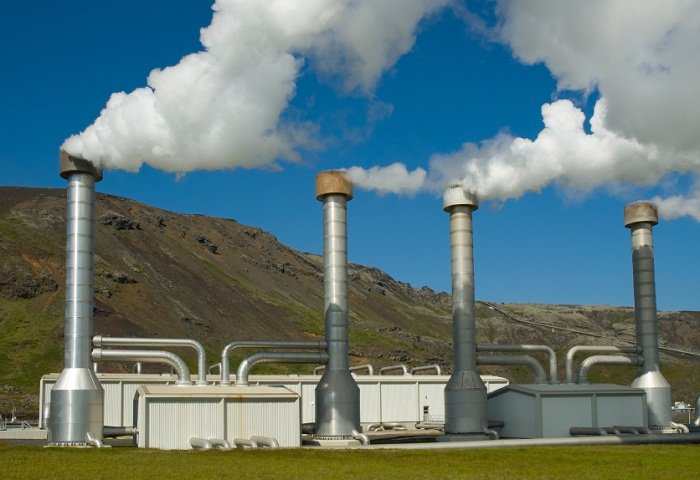Construction of the Menengai geothermal power plant in Western Kenya has been completed. The main project financier, African Development Bank (ADB) made the announcement and said project will enable Kenya to make up its electricity shortfall.
Quantum Power-Menengai Geothermal Project, is the second geothermal independent power project in the country, which will strengthen public-private partnerships and enable the country to harness its abundant geothermal resources to provide reliable, low-cost, environmentally friendly base-load electricity.
The power plant consist of of 49 steam drillings. With its 105 MWe, it brings the national production of geothermal energy to 672 MWe, making Kenya the first African producer of this renewable energy source. The Sh12bn project is expected to cover up electricity short fall experienced in the country due to variability in hydropower generation resulting to severe power shortages in the late 2000s.
Read: KENYA: Korosi exploratory geothermal drilling kicks-off
The country had to rely on expensive back-up thermal generation from 2011 to 2018. But with the commissioning of the Menengai geothermal power plant, 500,000 households, including 70,000 in rural areas of the country, will be connected to the electricity grid.
Africa’s largest producer of geothermal energy.
The project is part of the CTF Geothermal Concessional Finance Program under the Dedicated Private Sector Program designed to finance programs that can deliver development results, impact, private-sector leverage and investment at scale and can be deployed rapidly and efficiently.
Kenya is Africa’s largest producer of geothermal energy. The East African country has increased its production from 168 MWe to 672 MWe in 6 years. This performance was achieved after the completion of several projects, including the Menengai geothermal power plant in western Kenya.
Adopted in 2011, Kenya’s electrification plan called “Vision 2030” is divided into three parts. The Medium Term Plan (MTP-I) 2008-2012, and those that followed, MTP-II (2013-2018) and MTP-III (2018-2022). These different phases plan to increase the country’s power generation capacity to 5,521 MW by the end of 2022. They also aim to promote the development and use of renewable energy sources in order to create a reliable, good quality and cost-effective electricity supply system to support industrial development.
